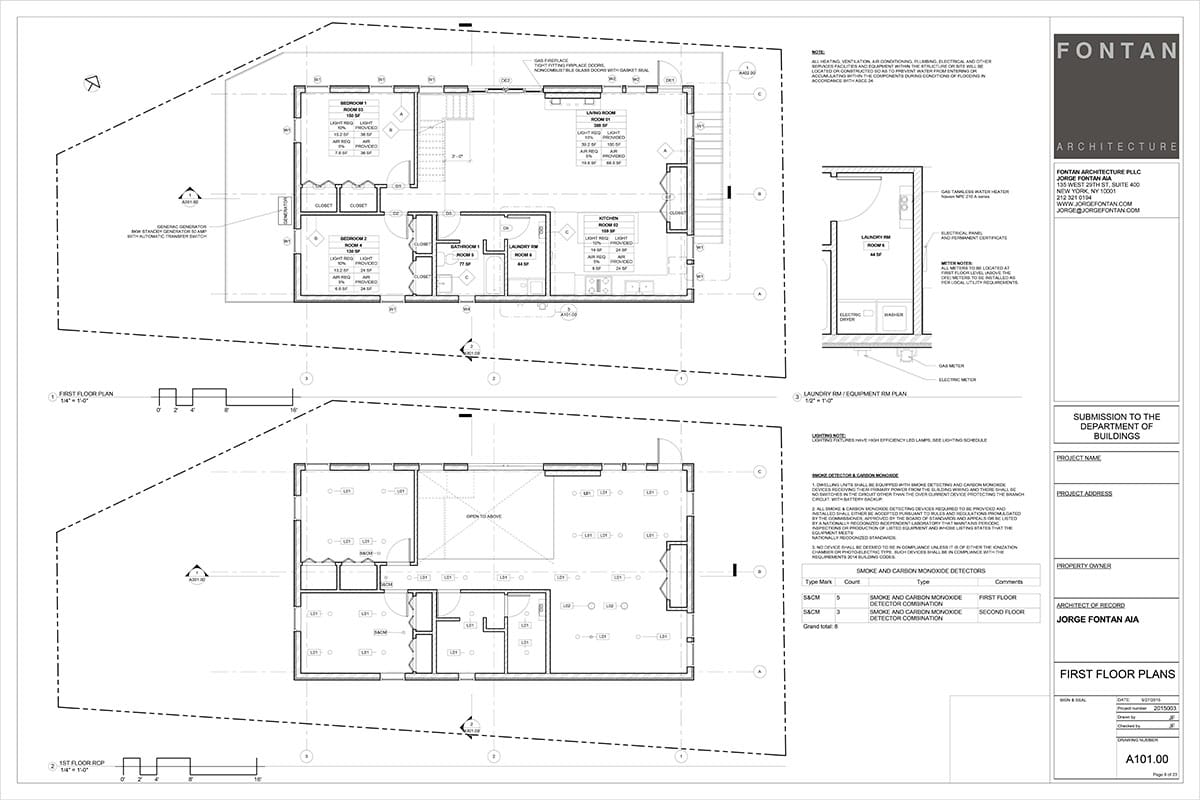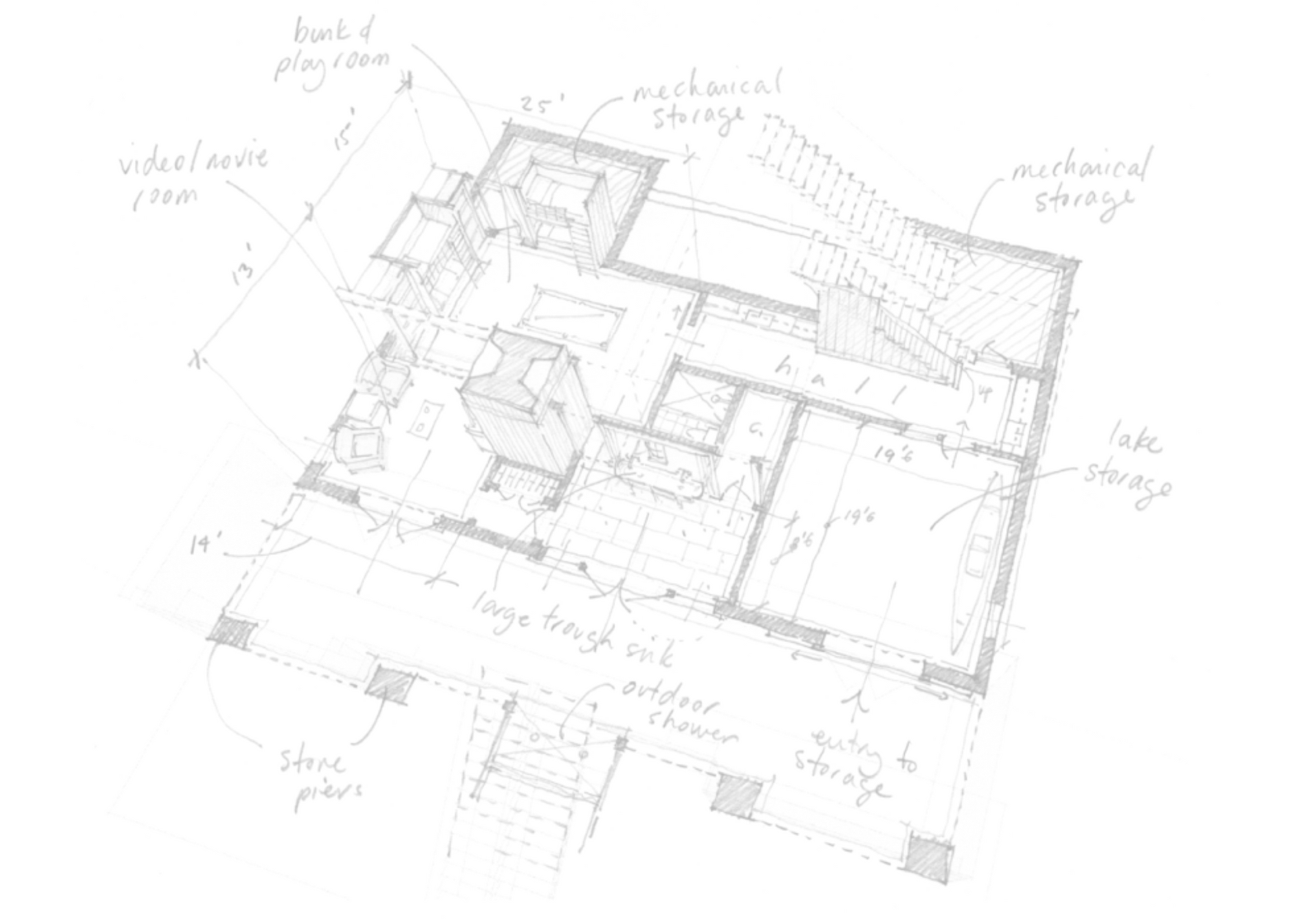Discover Ingenious Styles with Leading CDA Architects for Your Following Job
Discover Ingenious Styles with Leading CDA Architects for Your Following Job
Blog Article
The Impact of Technical Improvements on the Layout Practices of Contemporary Architects
The rapid evolution of technological tools has actually considerably reshaped the style landscape for modern engineers, cultivating unprecedented levels of innovation and sustainability. Checking out these dynamics exposes a nuanced interplay in between technology and traditional design approaches, triggering a better assessment of what the future holds for architectural methods.
Development of Architectural Equipment
Exactly how have architectural tools transformed the design and construction processes over the centuries? The advancement of architectural tools has substantially influenced the performance, accuracy, and creativity of design and construction.
With the advent of the Renaissance, the introduction of the compass and the protractor noted a critical change. These tools enabled designers to achieve higher accuracy in their styles, facilitating the emergence of more complex and proportionate structures. The Industrial Transformation further changed building technique with the intro of mechanized devices and products, permitting bigger and much more enthusiastic jobs.
In the 20th century, the development of computer-aided layout (CAD) software application changed the landscape as soon as again, supplying architects with extraordinary capabilities in modeling and visualization. Today, progressed devices such as Building Information Modeling (BIM) and parametric layout software remain to press the limits of building development, allowing an extra integrated method to layout and construction procedures.
Improved Collaboration in Style
As innovation proceeds to advance, boosted collaboration in design has become a cornerstone of modern architectural technique. The combination of electronic devices such as Structure Details Modeling (BIM), cloud-based systems, and progressed visualization software application has transformed the method engineers, designers, and stakeholders interact throughout the style process. These devices help with real-time communication, permitting teams to share concepts, modifications, and feedback quickly, no matter geographical place.

Furthermore, interdisciplinary cooperation has been structured via these technological improvements, making it possible for designers to work extra closely with various other specialists, such as urban coordinators and ecological professionals. The result is a more natural approach to create that considers numerous point of views and expertise. Ultimately, improved partnership in layout is not simply a pattern; it is crucial for creating innovative, practical, and visually pleasing architecture in a significantly complex world.

Sustainability Through Technology
Sustainability in style has actually progressively become linked with technical advancement, driving the market toward eco accountable practices. Contemporary engineers are leveraging innovative innovations to minimize ecological effect while enhancing the efficiency of buildings. cda architects. One popular example is the usage of Building Details Modeling (BIM), which enables for precise preparation and resource appropriation, minimizing waste during building and construction and advertising power performance throughout a structure's lifecycle
Furthermore, clever materials and energy-efficient systems are being incorporated into layouts to optimize source usage. Technologies such as solar batteries and environment-friendly roof covering systems harness sustainable energy sources, adding to decreased carbon impacts. Additionally, the application of expert system in style procedures enables designers to simulate and examine power intake, leading choices toward more lasting end results.
The combination of lasting modern technologies not only lines up with worldwide ecological objectives but likewise fulfills an enhancing need from customers for environmentally friendly options. As designers welcome these advancements, the focus changes towards developing spaces that are not only visually pleasing anonymous yet additionally functionally lasting, thereby redefining the requirements of contemporary style. In this means, innovation serves as a driver for sustainability, enabling designers to create structures that regard and boost the native environment.
Obstacles in Implementation
While technological advancements in architecture hold terrific pledge for improving sustainability, their application commonly comes across substantial obstacles. One key challenge is the steep knowing curve connected with new technologies. Engineers and building and construction specialists might need comprehensive training to efficiently utilize advanced software program and devices, which can delay project timelines and increase prices.
In addition, the combination of emerging technologies, such as Structure Info Modeling (BIM) and sustainable materials, often demands cooperation across multidisciplinary teams. This cooperation can be impeded by differences in proficiency, operations, and interaction styles, bring about prospective conflicts and inadequacies.

Moreover, regulatory frameworks and building ordinance might not maintain rate with technological developments, producing obscurity and possible conformity issues. This challenge can dissuade designers from completely accepting brand-new modern technologies, as the threat of non-compliance may surpass the benefits. Attending to these application difficulties is vital for the effective integration of technical innovations in modern building methods.
Future Patterns in Architecture
The challenges associated with the execution of brand-new innovations in design have motivated a reevaluation of future fads within the market - cda architects. As designers navigate concerns such as sustainability, urbanization, and social equity, they are significantly embracing innovative technologies to boost layout performance and environmental performance
One noticeable pattern is the integration of expert system (AI) in the layout process. AI tools can assess huge datasets to notify layout choices, enhancing both imagination and functionality. Building Details Modeling (BIM) continues to advance, making it possible for real-time partnership amongst stakeholders and helping with structured project monitoring.
Sustainable design practices are also gaining energy, with engineers focusing on flexible reuse and regenerative design concepts that minimize source usage and waste. The unification of smart products and renewable resource resources will certainly additionally improve the resilience of structures in the face of climate adjustment.
Additionally, the increase of parametric layout enables more tailored and context-sensitive architectural options (cda architects). By using these advancements, designers are positioned to develop built atmospheres that not just attend to the prompt needs of culture however additionally expect future challenges, therefore redefining the duty of design in an ever-changing world
Verdict
Technological improvements have actually substantially reshaped building design methods, helping with boosted accuracy, collaboration, and sustainability. The assimilation of devices such as Building Information Modeling and parametric design software program, together with synthetic knowledge have a peek at this site and wise materials, empowers engineers to deal with complex challenges better. While execution might offer particular obstacles, the ongoing development of these technologies guarantees to drive development in design. Future patterns will likely better highlight sustainability and performance, inevitably redefining the constructed the original source atmosphere.
Report this page